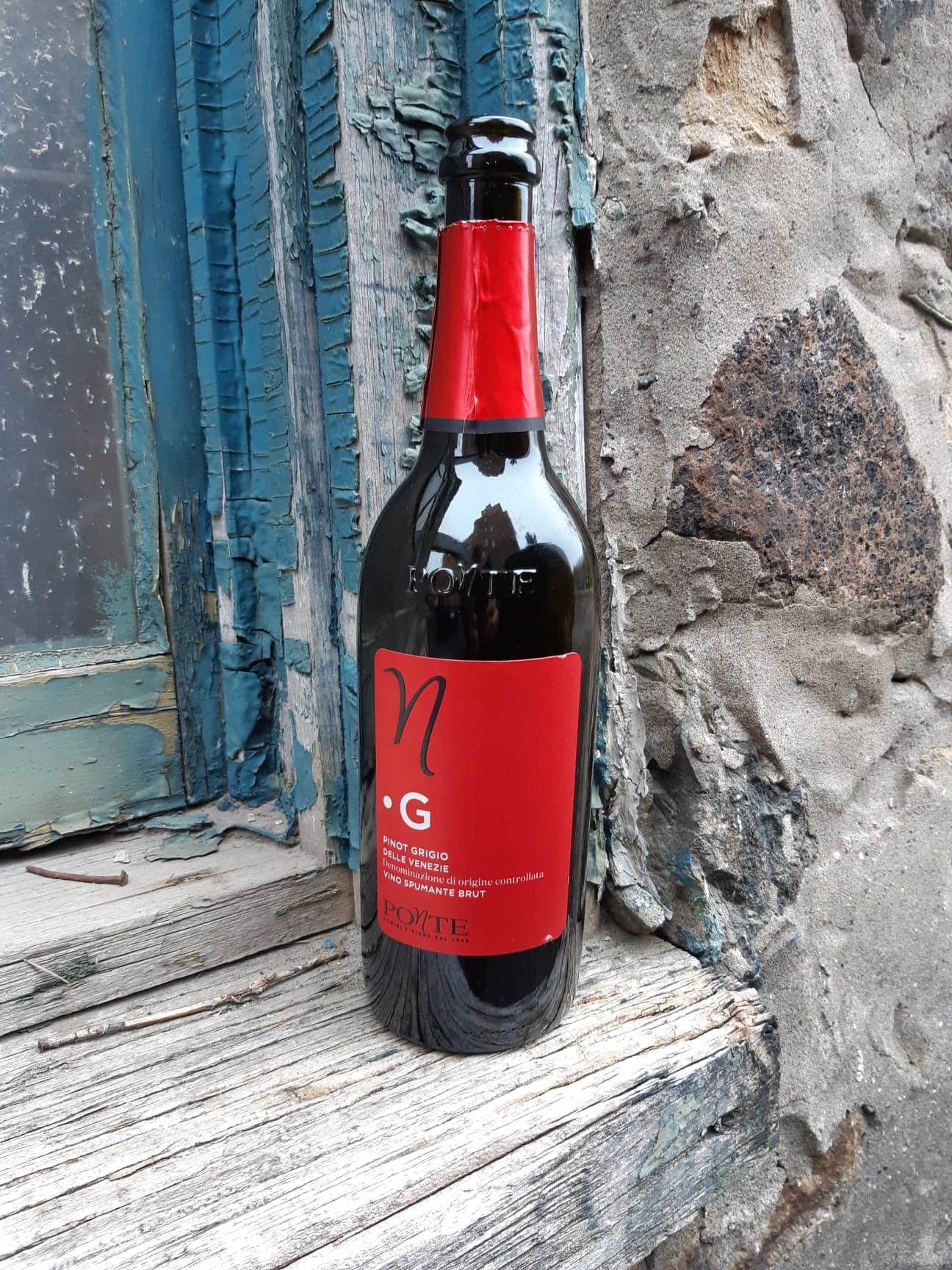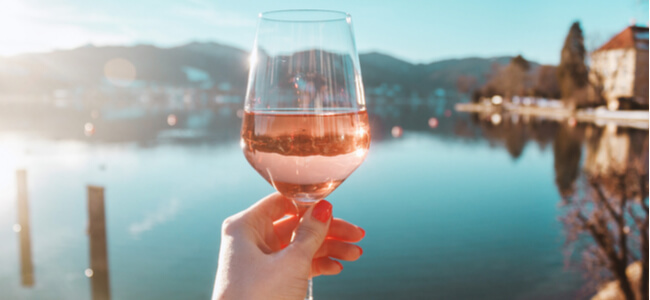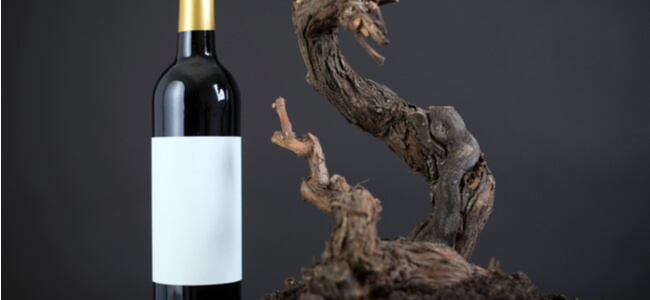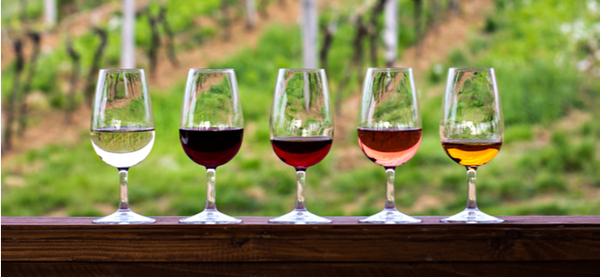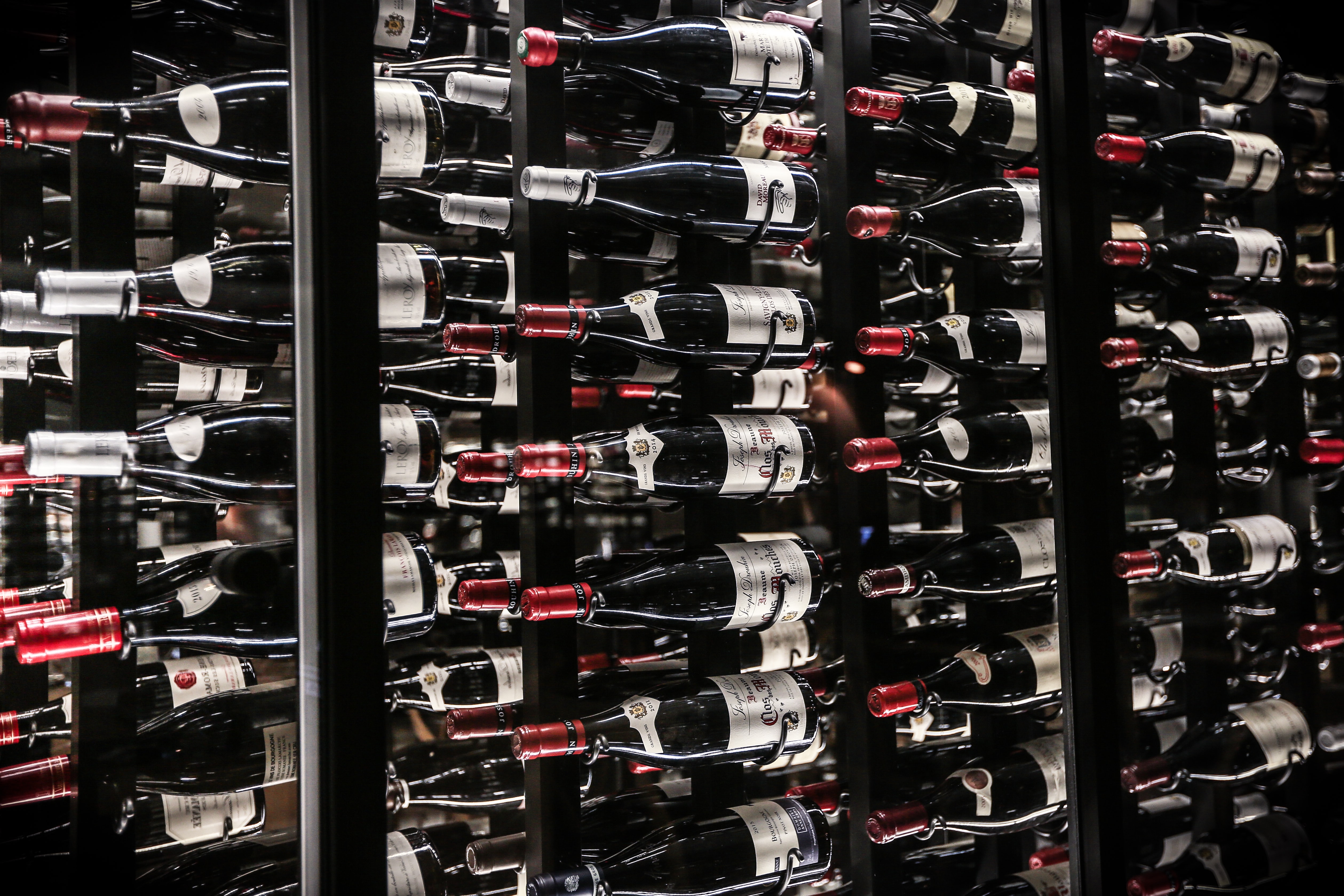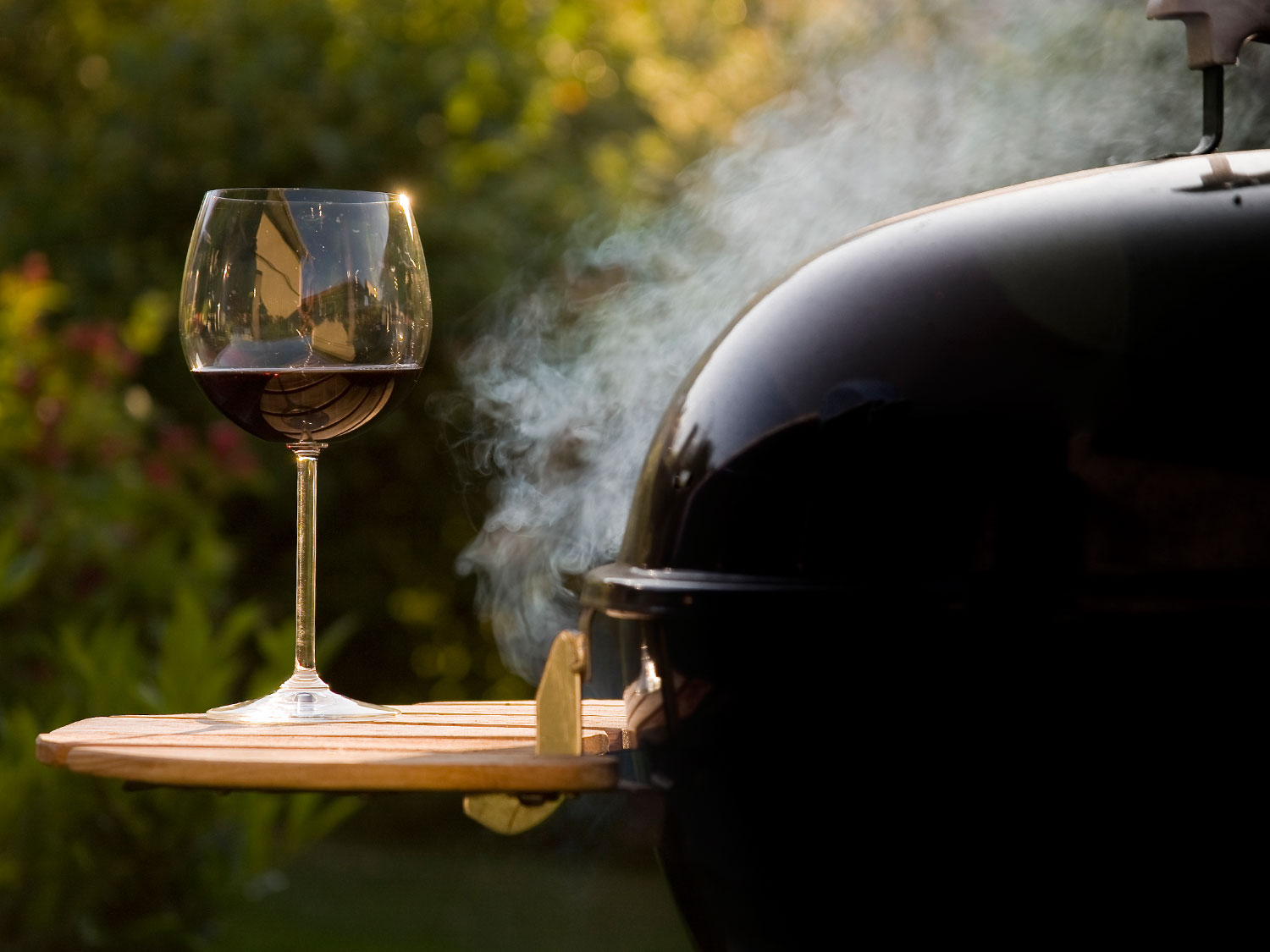Color is the first thing we see when we pick up a bottle of wine. Color may indicate where the varietal comes from and how it was made. Pigmentation, extraction, and color can affect anything from a wine’s appearance down to how it ages. Every variety of wine has a story that defines it and the color is but one indication of what a specific wine is truly about.
The Story Behind Wine’s Coloring
When it comes to the grapevine, the hue of the respective berry is an indicator of the vine’s ability to survive, its growth, and the evolution of its surroundings.
Usually, in red wine, the hue is a way to determine the age-ability of the product and how it might feel in terms of texture on the tongue. It’s also a way for producers to make decisions that impact the stability and longevity of the plant.
How Does Wine Use Its Color?
Plants use color in many fascinating ways. With grapevines, the younger and bright red leaves use their pigment to fight off herbivores. The red leaves act as a shield against the piercing rays of the sun. As they mature, the greener hue represents that they’ve grown less vulnerable.
The grape berries use their pigments to attract animals to eat them. This helps the plant seeds to be dispersed across a much larger territory than the vine itself would be capable of. When it comes to white grapes, they’re only seen in two distinct mutations.
Their lack of pigment makes it harder for them to be dispersed and puts them at a definite evolutionary disadvantage. In order to expand their reach, these grapes will require the help of humans.
Factors That Influence Grape Color
As a plant grows, a variety of pigments will come into play to help the coloration process. This includes carotenoids, chlorophyll, and betalains. The versatile anthocyanin is the pigment that dominates the process.
What is anthocyanin? It’s a phenolic compound that is, to an extent, structurally similar to tannins. There are 20 different types prevalent among vinifera grapes.
This pigment presents itself in different hues. This hue depends on the type of grape and the pH levels of the grape’s surrounding tissue. In essence, the lower the pH levels are, the more you’ll find the color to shift toward the redder end of the visible light spectrum. The higher the pH levels are, the bluer the hues will shift.
What Happens To The Color Of Grapes During Fermentation?
As the winemaking process speeds up, the pigment is extracted as soon as the crushing of the grape takes place. The pigment is usually soluble, but only at lower temperatures. Five to eight days into the maceration process, color extraction reaches its greatest point in concentration. This is referred to as the ‘ceiling’. There will almost always be a bit of a decline after this level of concentration has been reached.
The color’s concentration can be tweaked with the help of techniques that increase co-pigmentation. Co-factors like monomeric phenolic compounds (quercetin and gallic acid) will bind with anthocyanin during extraction, leaving them stagnant until needed for later polymerization.
What Else Does Anthocyanin Affect In A Grape
Greater reductive strength can only be achieved with the help of shorter and more abundant tannin and color polymers. Reductive strength and the capacity of antioxidants (or the ability to absorb oxygen without oxidizing) is what truly shapes the longevity of the wine.
Tannins will grow and polymerize until they’ve reached their full capacity. At this point, they’ll be capped on each end by a color molecule.
This phenomenon occurs when a higher ratio of color to tannin leads to much shorter polymers and perhaps, a greater reductive strength.
This ultimately means that there’s an ability to absorb oxygen over time without any oxidation taking place.
Simply put, the hues that we see in wines are preserved and retained by bonding with tannins, and vice versa. When it comes to the mouthfeel, a softer experience will mean that shorter anthocyanin-tannin polymers are prevalent.
On the other hand, higher astringency results from longer tanning chains that are shaped by a low ratio of anthocyanin to tannins. In other words, this is when polymerization occurs in the absence of oxygen.
Conclusion
Winemakers can use the science of color to tweak their wine to best suit their brand or taste goals. In some cases, color can even be utilized to help extend the lifespan of a specific wine.

